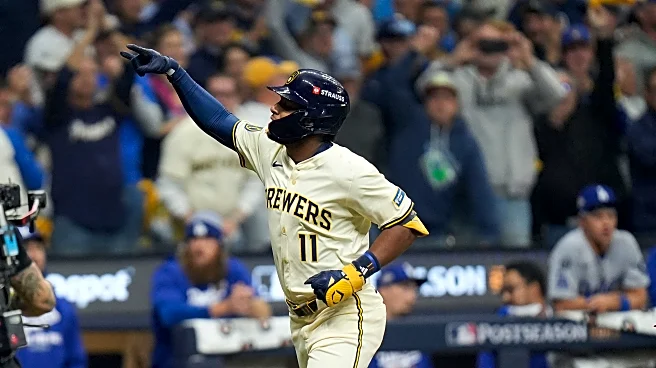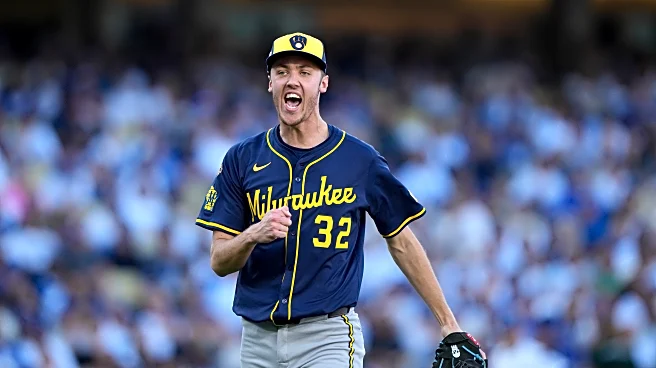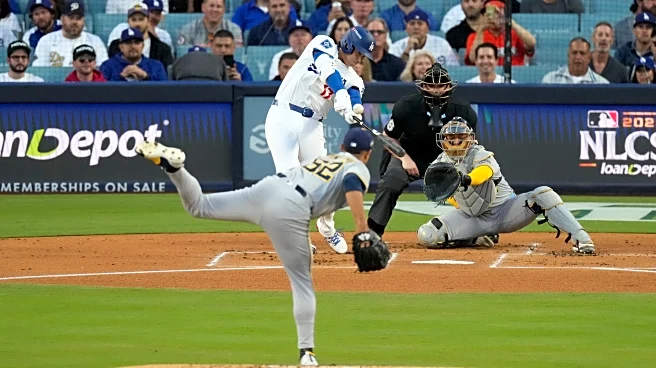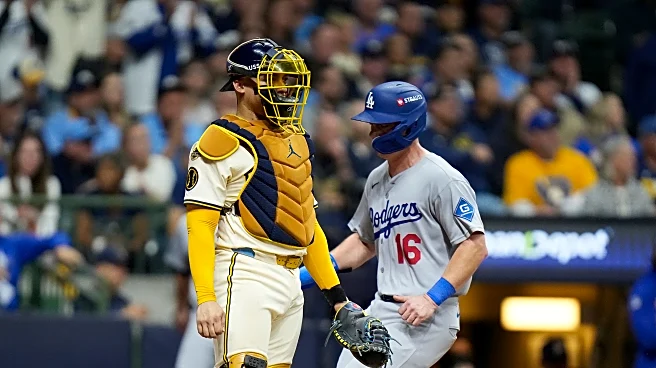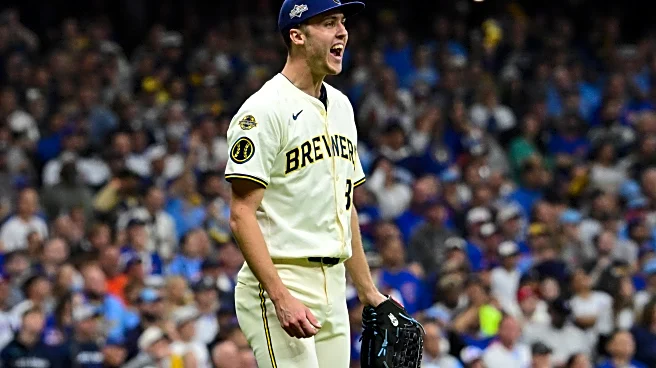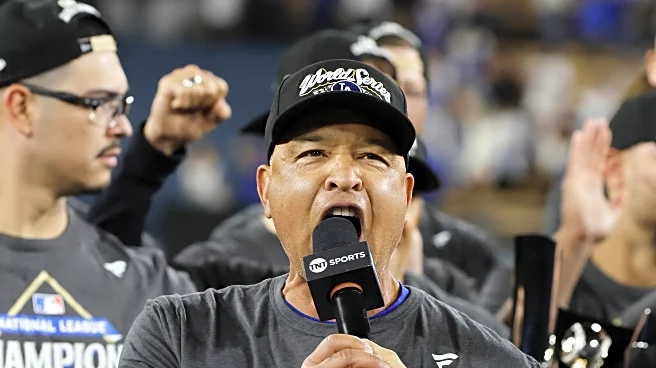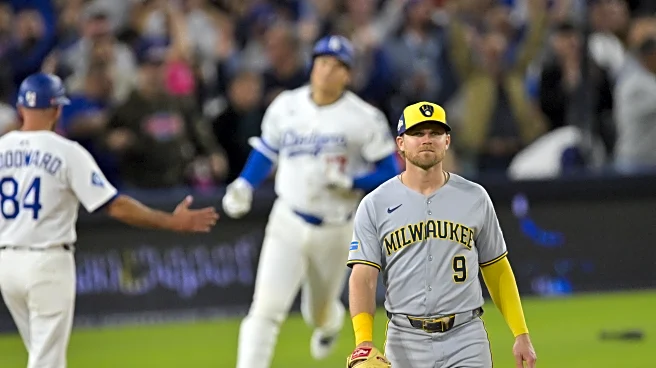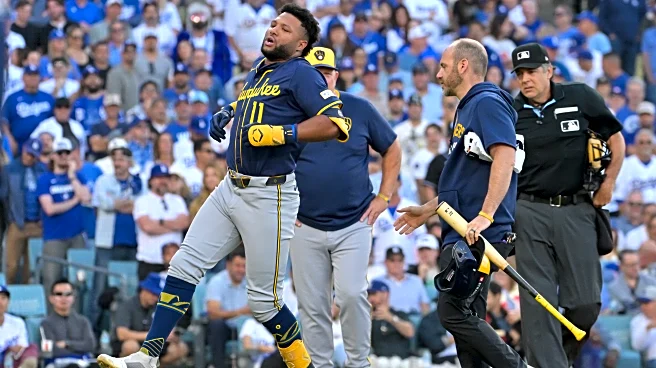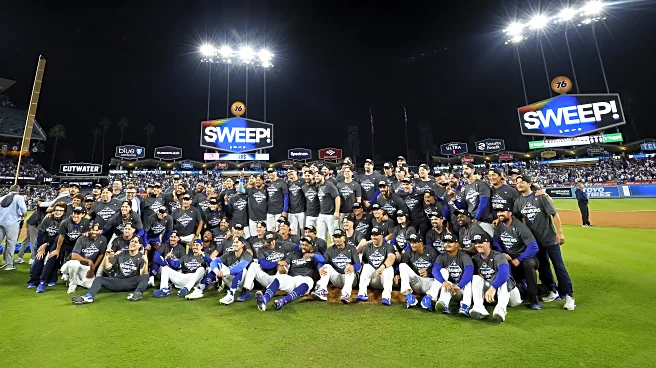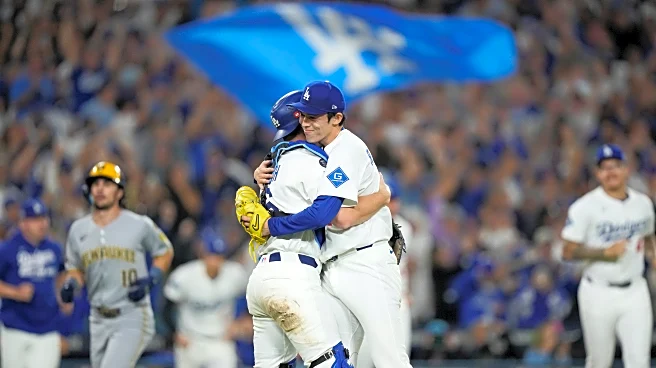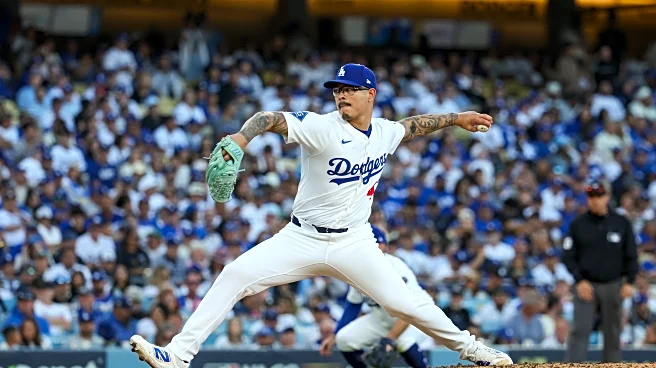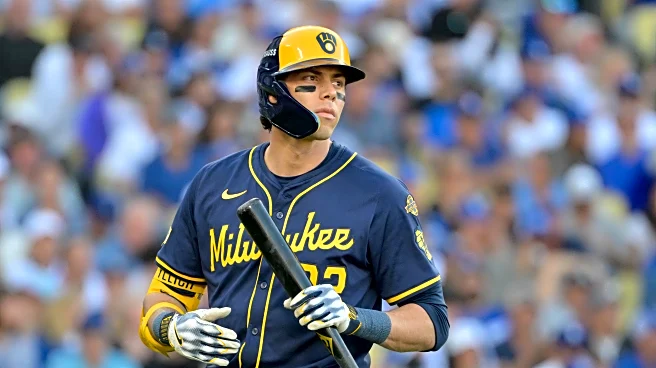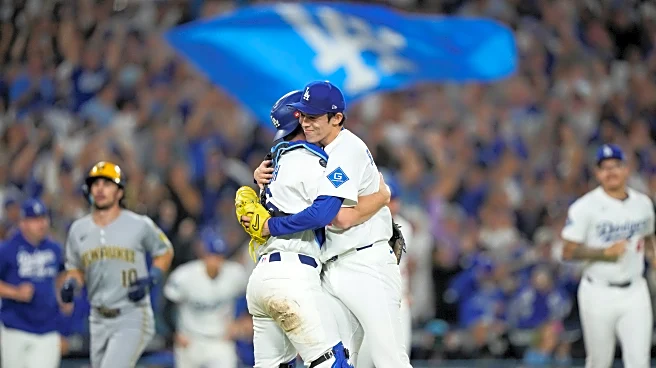I’ve been thinking about how to start this article for two days, but all of my thoughts can succinctly be distilled into two words.
That sucked.
The 2025 regular season was filled with excitement and hope that the Brewers would finally return to the World Series for the first time since 1982. Those aspirations were dashed by Los Angeles’ stable of Cy Young-level pitching talent and Shohei Ohtani putting together probably the greatest individual single-game performance ever.
Did the Brewers at least
play well, you might ask? Christian Yelich hit .071. Brice Turang and Sal Frelick both hit .067. Andrew Vaughn reverted back to White Sox Andrew Vaughn, hitting .000.
For some context, Bartolo Colon hit .138 in 2015. He was 42 years old.
Milwaukee’s anemic offensive performance can be summed up nicely by the statistic below:
Much has been and will continue to be written about how awful the Brewers’ offense was in this series. I thought about making that the focus of my NLCS retrospective, but that feels like beating a dead horse at this point. Since my niche on this site has recently become (delusional) optimism, I decided I’d rather use this article to highlight the players who stepped up against the Dodgers.
Caleb Durbin
Durbin was acquired along with Nestor Cortes as the return for former Brewers closer Devin Williams back in 2024. I think it’s safe to say that nobody thought Durbin would end up as the best player in that trade. The former Fond du Lac Dock Spider probably wouldn’t have even gotten a shot at being the Brewers’ everyday third baseman if the other options weren’t Vinny Capra and Oliver Dunn, but once given the chance, Durbin ran away with the job. Durbin hit .256 with a .721 OPS in the 2025 regular season, quickly becoming a key part of the Brewers’ lineup.
In his first taste of the postseason, Durbin outperformed his regular-season stats, hitting .276 with a .778 OPS. He hit the Dodgers’ vaunted pitching staff even better, recording four hits in four games and ending the series with a .308 batting average (.972 OPS). No other Brewer besides Andruw Monasterio (1 PA, 0 H) finished with an OPS over .655. Even down 5-0 during the Shohei Ohtani Game, Durbin kept fighting — smoking a double into left field, stealing third, and scoring on a Brice Turang groundout to give the Brewers their only run of the game.
For much of the season, I argued that the Brewers should add a third baseman — whether by trade or in the offseason — because Durbin would be better served as a utility player. I was wrong. Caleb Durbin is the Brewers’ third baseman, and he’s a damn good one.
Chad Patrick
Patrick is another guy who wasn’t exactly a heralded prospect, but stepped up big time in the regular season and the playoffs. Remember back in April, when basically the entire Brewers starting rotation went on the IL at the same time? Patrick became a rock-solid starting option seemingly out of nowhere, recording a 3.52 ERA and helping the Brewers stay afloat until the rotation healed up. Once it did, Patrick was the odd man out. Milwaukee sent him down to Nashville after a start on July 5, where he remained until mid-August. He made two appearances in August and six in September (3.04 ERA), finishing the season with a 3.53 ERA over 27 games (23 starts).
Patrick made the NLDS roster and was used in every game but one against the Cubs. He was mainly a starter during the regular season, but Brewers manager Pat Murphy decided to use him as a leverage reliever — with resoundingly successful results. Patrick didn’t allow a run through 4 2/3 innings in the NLDS. He had a rough outing in his first appearance against the Dodgers, giving up a solo home run to Freddie Freeman before allowing Will Smith and Tommy Edman to reach. However, his second outing saw him go four strong innings while allowing only a single hit (a home run to Shohei Ohtani). Patrick has proven that he has what it takes to be successful both in the regular season and the playoffs — he should be part of the Brewers’ pitching plans in 2026.
Jacob Misiorowski
Misiorowski was called up from Triple-A Nashville in early June and quickly became the talk of the town. He was (somewhat controversially) named to the 2025 National League All-Star team after just five starts with Milwaukee, two of which featured him out-dueling Clayton Kershaw and Paul Skenes. At the time of his selection, Miz had a 2.81 ERA while allowing two or fewer earned runs in five of those six starts.
The second half was a different story. Misiorowski posted a 5.36 ERA in the second half, including an especially rough August (9.58). Going into the playoffs, there was a legitimate debate as to whether he should/would even be on the NLDS roster. However, under the bright lights of the playoffs, Miz stepped into the bullpen and stepped up. His first postseason appearance was a dominant outing against the Cubs, in which he allowed just a single hit over three innings while picking up the win. He gave up three hits and a single run over four innings in his second outing, which he also won.
Misiorowski picked up the loss in his only start against the Dodgers, going five innings while allowing two runs (one earned) on three hits. Those stats don’t fully demonstrate how well he pitched against perhaps the most formidable lineup in baseball. The 6’7” righty looked absolutely untouchable at times, striking out nine (!!) Dodgers in those five innings. Like Patrick, Misiorowski’s outing against the Dodgers should silence anyone still doubting whether he has what it takes to be a legitimate ace for this Brewers team.
Jackson Chourio
This one is mainly vibes-based. Chourio didn’t put up amazing stats in the NLCS, although his .655 OPS was second-best among the regulars after Durbin. This year’s playoffs did, however, prove that the 21-year-old outfielder is a playoff riser. Chourio had three hits in the first two innings of Game 1 of the NLDS before re-injuring his hamstring. He had a massive home run in Game 2 of the NLDS and led off Game 2 of the NLCS with a home run off of Yoshinobu Yamamoto. No player in the NLCS (or the ALCS, for that matter) had a higher average exit velocity than Chourio (100.6) did.
Chourio’s career playoff stats: 12 G, 47 PA, .341 BA, 1.044 OPS, 15 H, 4 HR, 11 RBI, 1 SB. He’s 21 years old. The Brewers have a legitimate franchise cornerstone.
